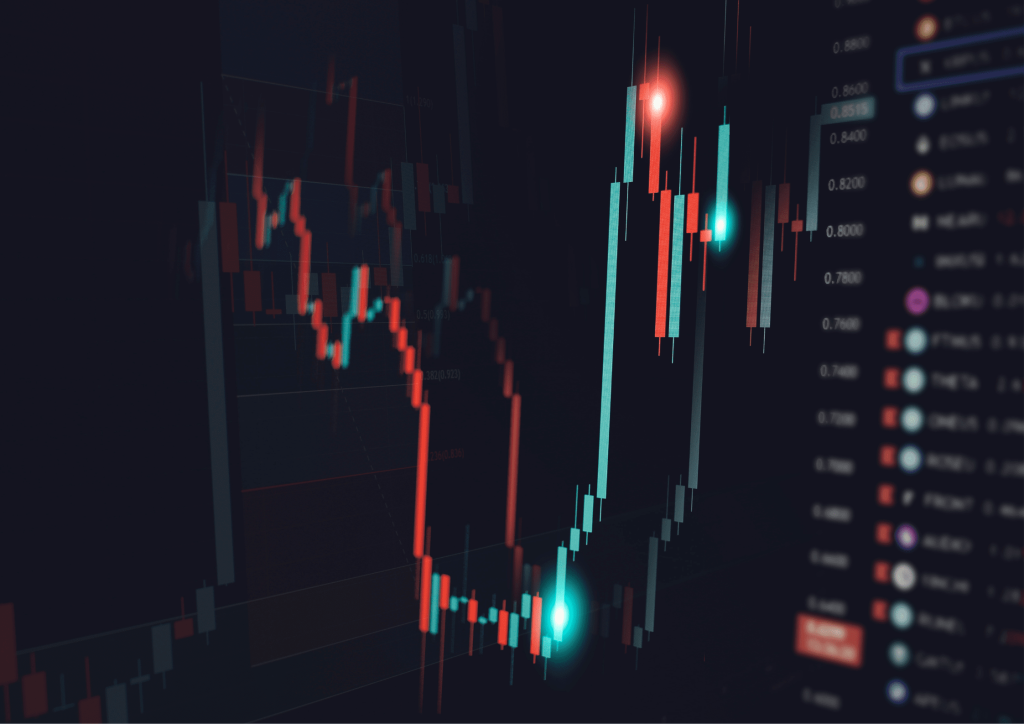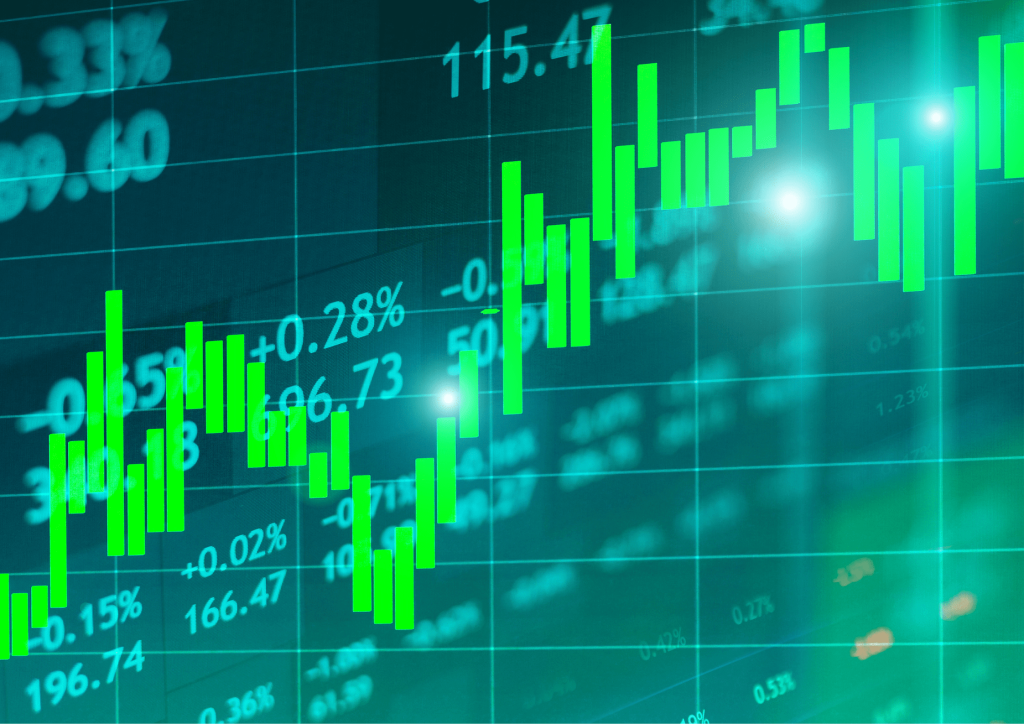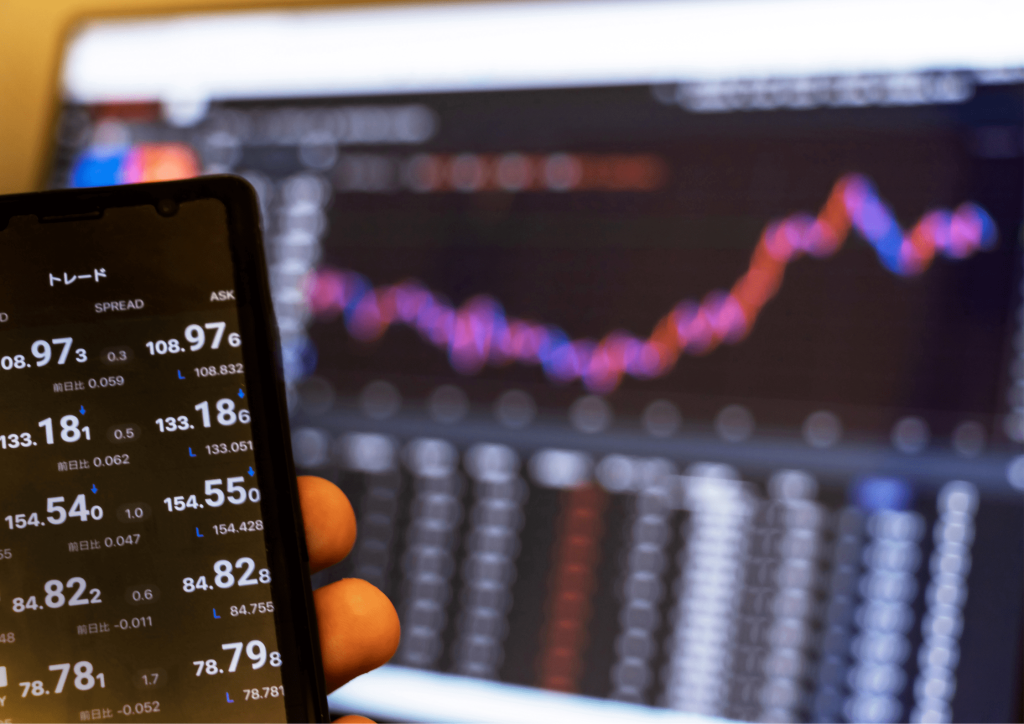In the realm of financial markets, particularly in Forex trading, two predominant styles capture the interest of traders and investors alike: Swing Trading and Day Trading. Each approach offers a unique set of opportunities and challenges, tailored to different risk profiles, time commitments, and profit goals.
This article is crafted with a focus on Forex traders and investors, aiming to serve as a comprehensive guide to these two popular trading methodologies. Our objective is to compare and contrast both trading styles, arming you with the knowledge to make an informed decision on which strategy aligns with your trading objectives and lifestyle.
What is Swing Trading?

As someone entrenched in the Forex market, I know the importance of choosing the right trading style. Let’s dive into Swing Trading, a method often employed for capturing potential gains in the currency markets. Swing trading is the practice of holding positions over a period ranging from several days to weeks, aiming to profit from short- to medium-term price fluctuations.
When it comes to timeframe, swing traders typically hold positions for days or weeks. This allows you to capitalize on expected upward or downward market shifts that occur over a more extended period compared to day trading. The longer timeframe also offers the advantage of lower stress and fewer transaction costs, albeit at the risk of holding positions overnight or over weekends.
As for key strategies, swing trading often involves trend analysis, moving averages, and Fibonacci retracements. Technical indicators like RSI (Relative Strength Index) and MACD (Moving Average Convergence Divergence) can also be valuable tools. Fundamental analysis, although less commonly employed, can provide additional insights into currency value, especially when major economic indicators are released.
What is Day Trading?

Moving from swing trading, let’s explore its faster-paced counterpart, Day Trading. This trading style involves buying and selling financial instruments within a single trading day. The objective is to capitalize on small price movements that occur in highly liquid markets, like Forex.
In terms of timeframe, day traders close all positions by the end of the trading day. This eliminates the risk of overnight price gaps but demands a constant watch on market movements and quick decision-making. The nature of day trading usually leads to more frequent transactions and therefore higher costs.
When we discuss key strategies in day trading, techniques such as scalping, momentum trading, and range trading often come to the fore. Technical indicators are heavily relied upon; Bollinger Bands, Stochastic Oscillators, and Level 2 quotations are some commonly used tools. Given the short duration of trades, fundamental analysis is less applicable here, but understanding economic calendars can offer some edge.
Both swing trading and day trading have their unique attributes, and understanding them allows you as a Forex trader or investor to make an informed decision on which approach best suits your trading goals and lifestyle.
Also Read: What is Forex Day Trading?
Financial Instruments
Let’s shift our focus to Financial Instruments, the building blocks of any trading strategy. Whether you’re into swing trading or day trading, understanding the types of assets you can trade is crucial for risk management and strategic planning.
In swing trading, currency pairs, commodities, and indices are often the preferred choices. These assets typically show more defined trends over a period of days to weeks, making them well-suited for this style. Equities and ETFs (Exchange-Traded Funds) can also be traded, but they are generally considered more volatile and thus, may require more attention to risk management.
In contrast, day trading leans towards instruments with high liquidity and low spreads, such as major currency pairs like EUR/USD, or commodities like gold and oil. The focus is on assets that can provide quick entry and exit points, facilitating multiple trades within a single day. Equities are also popular among day traders, particularly stocks that exhibit high volatility and volume.
Also Read: How To Swing Trade and Make Money From It
Risk Profile

Navigating the Forex market involves not only strategic acumen but also a keen understanding of risk. This brings us to the Risk Profile associated with swing trading and day trading, crucial for any trader or investor to grasp fully.
Starting with swing trading, the risks often revolve around overnight and weekend market gaps, which can significantly impact open positions. News events and sudden market shifts can result in losses, sometimes exceeding your initial investment if not managed properly.
For day trading, the risk factors include market volatility and liquidity. Given the short timeframe, market noise can influence trade outcomes, leading to a sequence of losses. Also, the high frequency of trades results in higher transaction costs, which can eat into profits or exacerbate losses.
When it comes to risk management techniques, swing traders often employ stop-loss orders set at strategic levels to mitigate potential losses. Position sizing, defined by allocating only a fraction of your portfolio to any single trade, is another tactic. For day traders, risk management often involves setting daily loss limits and employing tight stop-loss orders. Given the fast pace, real-time monitoring is also critical to adapt to market changes swiftly.
Profit Potential
In swing trading, profits are generally sought over a period of days to weeks. While this may mean fewer opportunities compared to day trading, the profit margins can be considerably higher per trade. Swing trading allows you to take advantage of larger price movements and trends, but it’s important to note that market conditions like volatility and liquidity can affect profitability.
Day trading, on the other hand, aims for smaller, more frequent profits. The quick in-and-out nature of trades allows you to capitalize on minor price movements throughout the day. However, the high frequency of trades can also lead to a high cost of trading, affecting the net profit. Market conditions, particularly intraday volatility and liquidity, are critical factors influencing the profit potential in day trading.
Costs and Fees

A critical yet often overlooked aspect of trading is the Costs and Fees associated with each trading style. Both swing trading and day trading have distinct cost structures that can influence your net profitability.
For swing traders, the costs are generally lower in terms of the number of trades made. Fewer trades mean fewer commissions and spreads to pay. However, some brokers charge swap fees for holding positions overnight, which can add up if you keep trades open for several days or weeks.
In contrast, day trading usually involves a higher frequency of trades, resulting in more commissions and spreads. Some brokers offer lower fees for frequent traders, but these costs can still add up and eat into profits. Additionally, day traders need to be aware of potential fees for high-speed trading platforms and data feeds, which are less commonly used in swing trading.
Comparing the two, day trading generally has higher costs due to the frequency of trades, while swing trading may incur additional costs like swap fees for holding positions.
Emotional Aspects
One facet of trading that is often underestimated is the Emotional Aspects involved. As traders and investors in the Forex market, it’s crucial to recognize the psychological demands of both swing trading and day trading to maintain not just profitability but also long-term sustainability.
In swing trading, the extended timeframe can be both a blessing and a curse. On one hand, it allows for a less stressful trading environment, as you’re not glued to the screen all day. However, it requires a considerable amount of patience and emotional stability to endure potential downturns or adverse market conditions while holding a position.
Conversely, day trading demands constant attention and quick decision-making. The emotional toll can be high, given the rapid pace of trading activities. You need to be able to maintain focus, manage stress effectively, and avoid impulsive actions. Emotional discipline is key, as lapses in judgment can quickly erode profits and even your trading capital.
Time Commitment

A significant factor that can influence your choice between swing trading and day trading is the Time Commitment involved. Both styles require varying degrees of time investment, and understanding this can help you pick the method that aligns best with your lifestyle and goals.
Swing trading generally demands less time in front of the screen. Once you’ve identified a trading opportunity and set your orders, you can often step away and let the trade unfold over days or even weeks. This style is well-suited for those who have other commitments and can’t monitor the markets throughout the day.
In contrast, day trading requires a much more significant time commitment. You’ll need to monitor the markets continuously to identify trading opportunities and make real-time decisions. It’s often considered a full-time job, requiring several hours each day for market analysis, trade execution, and monitoring.
Conclusion
In conclusion, both Swing Trading and Day Trading offer unique opportunities and challenges for Forex traders and investors. Swing trading typically involves holding positions for days to weeks, allowing for more flexibility and lower stress but requiring patience and effective risk management. Day trading, on the other hand, demands a high level of time commitment and emotional discipline, offering the possibility of quick, smaller profits but also incurring higher costs and risks.
The key differences lie mainly in the time commitment, emotional toll, and the cost structure of each style. Swing trading offers fewer, potentially larger trades with less time spent monitoring markets. Day trading requires continuous attention and quick decisions, leading to more trades with smaller profit margins.
When it comes to choosing between the two styles, consider factors like your availability, emotional discipline, and risk tolerance. If you can’t commit several hours a day or prefer a less stressful trading environment, swing trading might be more suitable for you. If you thrive in fast-paced settings and can manage the emotional and time demands, day trading could be a better fit.
Also Read: Crypto Market vs Stock Market
FAQs
Can I engage in both Swing Trading and Day Trading simultaneously?
Yes, it’s possible to engage in both trading styles simultaneously, provided you can manage the different time commitments and risk profiles involved. Traders often allocate different portions of their portfolio to each style to diversify and mitigate risk.
What types of Financial Instruments are best suited for Swing and Day Trading?
Swing trading is often suited for currency pairs, commodities, and indices that exhibit more defined trends over days or weeks. Day trading commonly focuses on highly liquid assets like major currency pairs or volatile commodities for quick trades.
How significant are Costs and Fees in Swing and Day Trading?
Costs can vary considerably between the two styles. Swing trading usually involves fewer transactions, resulting in lower commission and spread costs. Day trading, due to its high-frequency nature, can lead to higher overall costs, impacting the net profitability.



